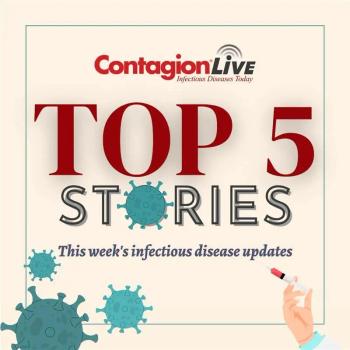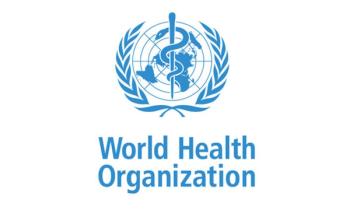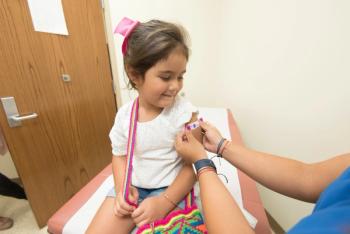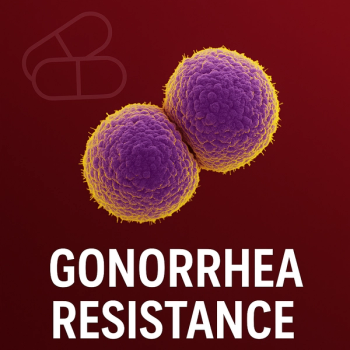
US Salmonella Outbreak Linked to Whole Cucumbers
The Centers for Disease Control and Prevention (CDC) provided an update on the outbreak associated with whole fresh cucumbers, which were distributed this spring to stores, restaurants, and other facilities.
In a Salmonella outbreak associated with whole cucumbers, there have been 26 reported cases including 9 hospitalizations across 15 states. There have been no deaths reported.1 According to the CDC, businesses should not sell or serve whole cucumbers grown by Bedner Growers and distributed by Fresh Start Produce between April 29, 2025 to May 19 2025. 1
Several people ate cucumbers on cruise ships. These cucumbers were distributed to stores, restaurants, and other facilities. CDC points out these cucumbers may be within shelf life for the rest of this week. Cucumbers may have been sold individually or in smaller packages and the types could be labeled as "supers," "selects," or "plains." These cucumbers are not organic varieties.1
There have been a smattering of cases with some states reporting 1 case. North Carolina and Florida have each reported 3 cases and Ohio and Illinois have each reported 4 cases. Seven people who contracted the food-borne illness reported taking a cruise during the 7 days prior to becoming sick, all departing from locations in Florida. People who became sickened were aboard 5 different cruise ships that departed the United States between March 30 and April 12. Illnesses started on dates ranging from April 2, to April 28.1
According to the CDC update, state and local public health officials were interviewing people about the foods they ate in the week before they got sick. Of the 13 people interviewed so far, 11 (85%) reported eating cucumbers. This percentage was significantly higher than the 50% of respondents who reported eating cucumbers in the FoodNet Population Survey. This is a survey that helps estimate how often people eat various foods linked to diarrheal illness. This difference suggests that people in this outbreak got sick from eating cucumbers.1
Salmonella Presentation and When to Seek Medical Care
Salmonella is a bacterial infection most frequently caused by eating food or drinking water contaminated with the Salmonella bacteria.2
According to the Mayo Clinic, presentation of Salmonella symptoms may include the following: diarrhea, abdominal cramps, fever, nausea, vomiting, chills, headache, and blood in the stool. Symptoms can last a few days up to a week and diarrhea may last up to 10 days.2
The infection often resolves on its own but certain patient populations such as young children, seniors, or people with weakened or compromised immune systems, may need to seek medical care, especially if the infection symptoms last more than a few days. Signs to look for include high fevers, bloody stools, or dehydration, which can be associated with infrequent urination, dark colored-urine, and having a dry mouth and tongue.2
CDC points out the true number of people sickened in this outbreak is likely much higher than the number reported. This is because many people recover without medical care and are not tested for Salmonella. Additionally, more bouts may not yet be reported as it usually takes 3 to 4 weeks to determine if a sick person is part of an outbreak.
References
1. Investigation Update: Whole Cucumbers Outbreak, May 2025. CDC. May 19, 2025. Accessed May 20, 2025.
https://www.cdc.gov/salmonella/outbreaks/whole-cucumbers-05-25/investigation.html
2.Salmonella infection. Mayo Clinic. April 29, 2022. Accessed May 20, 2025.
https://www.mayoclinic.org/diseases-conditions/salmonella/symptoms-causes/syc-20355329
Newsletter
Stay ahead of emerging infectious disease threats with expert insights and breaking research. Subscribe now to get updates delivered straight to your inbox.


















































































































































































































































































